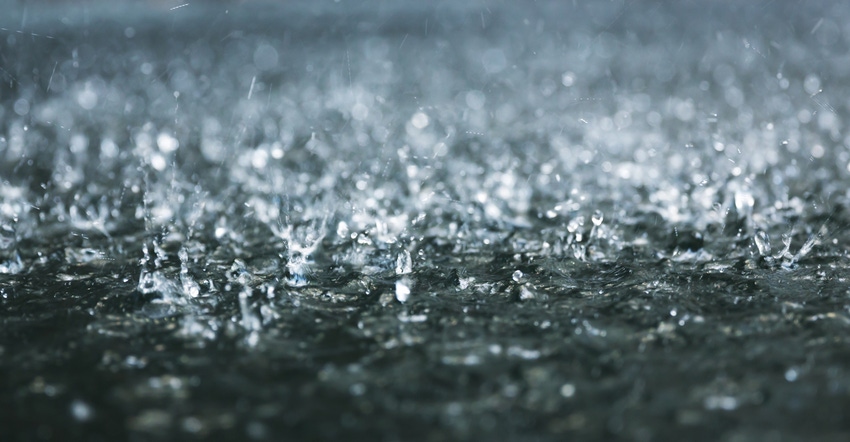September 9, 2022

Fast and furious.
That’s how you could describe the weather change Saturday evening, Aug. 27, at the Minnesota State Fair.
I was one of the lucky ones who left before the bad weather hit. My brother and I had worked our afternoon shift at the All You Can Drink Milk Stand and had wandered around a bit afterward for food and drink, ending at the Minnesota Farmers Union Coffee Shop for a sandwich. I left the fairgrounds around 8 p.m., while my brother headed for the midway rides.
As I drove north to home, I watched lots of cloud-to-cloud lightning and wondered about the weather to the south. It turns out that my brother was in line for a ride when the ride operator got a call to shut down due to a fast-moving storm.
And then like that — bam! Hard rain and strong winds were battering fair visitors. My brother had an umbrella in his backpack, but he could not get it out fast enough. No matter — the wind would have rendered it worthless.
With people screaming, the wind whipping and the rain pelting, he slowly made his way to the Snelling Avenue exit to get on the shuttle bus. It took some effort, wading through the low-flowing water covering the ground, which made it impossible for one to see if they were walking on asphalt, sidewalk or grass. Midway vendor merchandise was blowing and floating around, as well as garbage from overturned trash cans. The storm had impacted outdoor lighting as well. Thankfully, some vendors were able to keep their lights on, which helped wandering visitors make their way along in the early-evening darkness.
About two hours later, my brother was home.
Best-laid plans
With today’s high-tech tools for forecasting the weather, one could assume we would be better prepared for bad weather events. That makes a lot of assumptions, such as access to timely weather alerts and being able to locate shelter in an unfamiliar environment.
To update fairgoers, a Minnesota State Fair media department spokesperson explained that inclement weather information is available on the fair's website.
“In addition to an alert system on smartphones, when there is any kind of alert for severe weather, announcements are made throughout the grounds at all the stages over their loudspeakers. Squad cars around the grounds can also make those announcements all over as well,” the spokesperson told me via email.
This is helpful, assuming you are checking your cellphone for alerts and you know where to seek shelter on the fairgrounds. There are six designated storm shelter buildings on the fairgrounds, which are identified on the state fair map.
It’s helpful to know that there are protocols in place. We will know what to do next time.
It was also noteworthy that many witnessed an impactful trend of climate change that night: Heavy rains with greater contributions from thunderstorms. Mark Seeley, University of Minnesota Extension climatology professor emeritus, checked the weather data recorded for the evening of Aug. 27 in St. Paul and shared the following:
Dew points spiked between 71 and 72 degrees F between 5 and-7 p.m., generating lots of energy for storm development.
By 8 p.m., thunderstorms were starting to move across the metro area, with strong south winds.
A 61-mph wind gust was recorded at the fairgrounds grandstand.
Up to 2 inches of rain fell in a four-hour period.
Peak rain was between 8 p.m. and 9 p.m., with low visibility.
There were five tornado reports in the metro area, all EF-0 (winds of 65 to 85 mph).
Seeley also notes that this year has been the windiest in Minnesota for at least 40 years. Scientists will be studying the 2022 weather to see how it relates to climate change, he says.
Thankfully, there were no public reports of storm-related injuries to visitors on the fairgrounds.
We’ll know what to do next time.
You May Also Like




